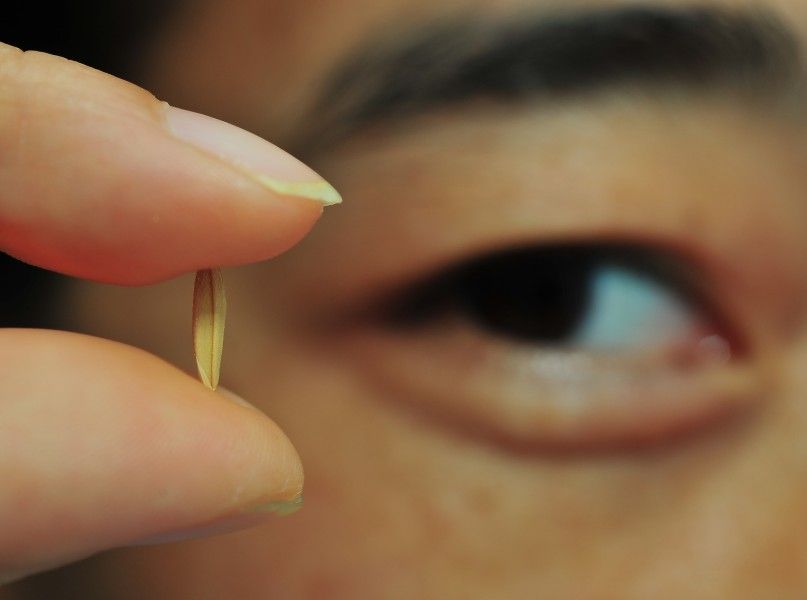You’ve heard it before: we must feed 9 billion people by 2050. But how will we on our current land, and without harming the environment? A recent study makes some suggestions.
A new report from the University of Minnesota’s Institute on the Environment tells us it’s possible to meet the needs of 3 billion more people using our current farmland, while still reducing the agriculture’s environmental impact.
Looking at 17 staple crops that account for 86 percent of the world’s crop calories (which are also those that use most irrigation and fertilizer), the report gives three suggested actions–(1) produce more food on existing land, (2) grow crops more efficiently, and (3) use crops more efficiently. The study says that the largest opportunities are in China, India, the U.S., Brazil, Indonesia and Pakistan.
“This paper represents an important next step beyond previous studies that have broadly outlined strategies for sustainably feeding people,” said lead author Paul West, co-director of the Institute on the Environment’s Global Landscapes Initiative. “By pointing out specifically what we can do and where, it gives funders and policy makers the information they need to target their activities for the greatest good.”
While these three basic points have been heard before, the report dives into some data that suggests where the opportunities are largest.
1. More food on the same land. Past research shows there is a dramatic agricultural “yield gap”, or potential for more crops on the same amount of ag land. Looking at this gap, the report found that targeting just 50 percent of the unrealized crop yield in regions with the widest gaps could provide enough food to feed 850 million people. Almost half of the possible gains are in Africa, and the rest in Asia and Eastern Europe.
2. Grow more efficiently. As ag is responsible for 20 to 35 percent of global greenhouse gasses (GHGs), the study also looked at what actions cause the most ag-related GHGs, and found that the largest contributors are deforestation, livestock farming, rice growing, and over fertilization. According to the study, about 60 percent of nitrogen and almost 50 percent of phosphorus fertilization applications are more than what crops need to grow, and is the largest area of improvement. The guiltiest parties of over-fertilization are China, India and the U.S., and the crops they’re growing with too much fertilizer are rice, wheat and corn. These countries, with the addition of Pakistan, are also the countries that use the most ag-irrigation, and the study found that by simply increasing water-use efficiency in these four countries, the ag sector could reasonably decrease water use by 8 to 15 percent without changing the levels of food production.
3. Eat more efficiently. The study suggests that we start eating more plants, and less animals. According to the study, the crop calories used to feed livestock is enough to feed 4 billion people, and that the loss of 1 kilogram of boneless beef has the same effect as wasting 24 kilograms of wheat due to inefficiencies in converting grain to meat. The study also suggests that reducing food waste just in the U.S., China and India could feed more than 400 million people.
“Sustainably feeding people today and in the future is one of humanity’s grand challenges. Agriculture is the main source of water use, greenhouse gas emissions, and habitat loss, yet we need to grow more food,” West said. “Fortunately, the opportunities to have a global impact and move in the right direction are clustered….Of course, while calories are a key measure of improving food security, nutrition, access and cultural preferences must also be addressed. But the need to boost food security is high. So let’s do it.”
If you have any news, insights to share, would like to pitch guest posts, commentaries or white papers, drop us a line at [email protected].
FEATURED PHOTO: IRRI Photos/Flickr




